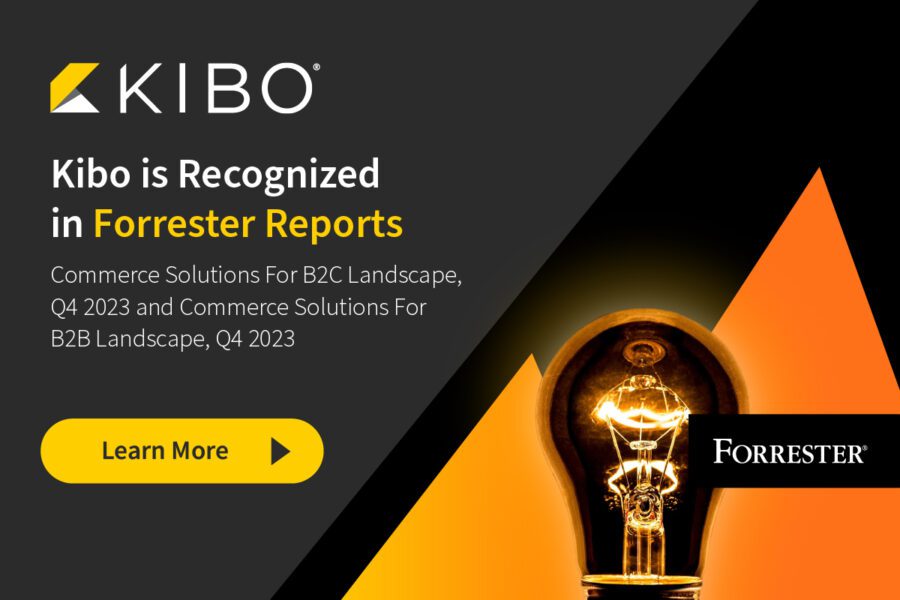Heading into the second quarter, merchants looking to maximize their marketing spend may well consider native advertising, which is experiencing strong growth. But to “go native” effectively, merchants should be selective in paid content placement and design campaigns that focus on commerce.
For the uninitiated, native advertising is the digital version of an old-school print “advertorial” — that is, advertising designed to blend with editorial features of a website. Depending on the definition, the native advertising umbrella can include any and all contextual placements, including paid product ads in social media news feeds. But most commonly, native advertising is content-focused, and attracts clicks and engagement covering what merchants categorize as “lifestyle” topics that range from the serious to the silly.
Because of its seamless relationship with editorial content and its relevance to the audience, advertisers report success with native ads — especially when compared to traditional display banners, which are routinely ignored or even blocked by consumers. Investment in native advertising has grown more than 150% since 2013, with revenues forecast to approach $14 billion this year, according to Marin Software.
Rising popularity can translate into rising costs, and merchants looking to make the leap into native advertising may be daunted by the prospect of not only creating bespoke in-depth content, but paying for its placement. Indeed, merchants must strike a balance between enriching their “owned” brand content and the paid placements that can drive engagement and sales. To maximize native advertising effectiveness, merchants should adopt the following best practices:
Use native advertising for new audiences, and own the rest
Native advertising ranks higher than content marketing when it comes to brand awareness and landing-page traffic generation, and the two techniques are on a par when it comes to overall brand engagement, according to a survey of marketers by Digiday and PulsePoint. With these objectives in mind, merchants should focus native advertising campaigns on attracting new customers and convincing them to interact further with their brands.
To achieve these goals, merchants should both develop the right content to appeal to their target audience and target their native advertising efforts to appear on platforms or in publications that speak directly to that audience.
It’s also crucial to follow through with further in-depth content beyond the campaign, so that new visitors have reason to stick around, visit again, and commit to becoming loyal customers. That means merchants should develop comprehensive customer service content and build community via social media in addition to creating lifestyle content hubs that demonstrate merchants’ thorough understanding of their audience’s preoccupations and needs.
Make the connection to commerce with integrated eCommerce site pages
While native advertising campaign content itself rarely focuses outright on products, merchants should be sure to connect the dots once visitors find their way to a landing page or the eCommerce site. Echoing visual elements of the ads — from type styles to featured photos — can help connect the message to the merchandise, while further content to complement the paid campaign can add depth to the eCommerce site as a whole, as well as further engage ad-driven visitors.
Footwear manufacturer Cole Haan went “all in” with a native campaign on the New York Times website, which featured New York City Ballet dancers talking about their art. The related eCommerce site section features the same dancers and provides further dance-related imagery to accompany the ballet flats that are the products ultimately being promoted by the campaign.
Think beyond text and photos
When designing native campaigns, merchants should consider what medium most effectively conveys their message and creates the kind of emotional appeal that can compel viewers to explore further. Often, that means choosing content types that go beyond the article or “listicle” format which typified early native advertising efforts.
Indeed, video can now be incorporated into the native ad units and widgets that place links adjacent to editorial content, as well as in the native advertising feature itself. And with its ability to summon emotional connections, music — in the form of sponsored Spotify playlists or even branded podcasts — can be another potent element in the native advertising mix. Retailer Victoria’s Secret, well known for its fashion-show spectacles, promoted its runway music mix on Spotify, attracting more than 30,000 followers.
Heed new rules for transparency
With native advertising becoming ever more prevalent, the potential has grown for viewers to confuse paid with editorial content — and to feel deceived as a result. So it’s no surprise that new regulations have arisen to ensure that consumers can quickly distinguish between paid and editorial content. As of December 2015, the FTC requires advertisers and publishers to clearly, prominently, and consistently label native advertising as paid or sponsored content. Not only should merchants comply with the standards to avoid potential fines or legal ramifications, but because otherwise they risk alienating the very shoppers they hope to engage.
Are you using native advertising campaigns, and if so, how do they fit into your overall content strategy?




